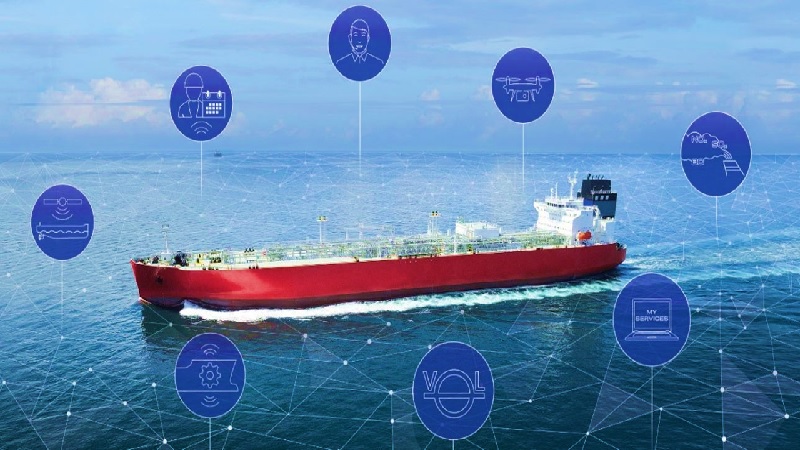Emerging Trends in Maritime Digitalization

August 28, 2022
Digitalization is revolutionizing the maritime industry, offering unprecedented opportunities to enhance efficiency, safety, and sustainability. From autonomous vessels to blockchain-based logistics, emerging trends in maritime digitalization are reshaping the way goods are transported across the world's oceans. In this blog, we'll explore some of the key trends driving this transformation and their implications for the future of maritime operations.


